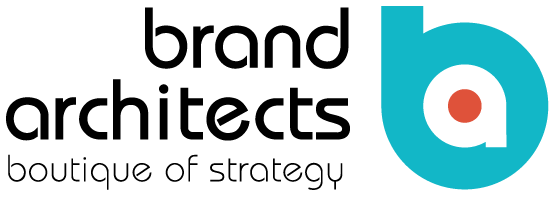This blog is based on the HBR article “What Is Disruptive Innovation?”, signed by C.M. Christiansen, M.E. Raynor, R. McDonald, December 2015
Prof. Clayton Christensen just passed away and left one of the most amazing theories. Based on Prof. Christiansen, disruption starts from the low-end market or from a niche. At the beginning, the product regularly offers less benefits than the established ones, at a significant lower price. In time, it perfects and conquers the mainstream market, keeping its price relatively low.
Graph 1: The Disruptive Innovation Theory

Disruption Innovation is created by agile companies that are willing to create a new reality. The leap is based on a business model with significantly lower costs and good enough products. The most common mistake is to confound the disruption with its cousin: the sustainable (incremental) innovation, which regularly is performed by successful incumbents.
1. Disruptors versus incumbents
According to Prof. Christiansen, there is an interesting dynamic between the disruptors and existing incumbents:
- Disruptors are usually ignored at the beginning by incumbents, because they are missing some features, being less profitable or having less quality.
- In time, disruptors exit the stealth mode and develop from low-end or niche towards mainstream.
- In time quality catches up with existing products, but at a significant lower price, based on a new business model. After becoming mainstream, erodes the volumes and profitability of incumbents, which have a different cost-structure.
2. Success factors
- It is rare that a technology or a product is disruptive in itself. The business model is the one that creates the break-through.
- Low cost and ability to perfect the product are both mandatory in order to move up-market.
- Stealth mode is vital. The entrant should not challenge the incumbent heads-on. This approach will help incumbent accelerate the innovation cycle and uplift the quality.
3. Relationship with research
- Research and customer feedbacks helps incremental innovation but actually stop the disruption. Incumbents listen to their current customer base that operate in their reference universe. As a result, their feedback can lead just to a fine-tuning, not to a revolution.
- For the incumbents, in order to protect their current business, customer feedbacks influence company plans, resource allocation and paradoxically limits the company ability to disrupt.
4. Principles of disruption
- Takes time. Companies that succeed are focused on perfecting the business model and ecosystem, rather than the product itself. Starts as an experiment and because of the time component, incumbents overlook disruptors.
- Propose a new business model. iPhone invented not just a new handset, but a new network for mobile phones, based on OS and 3rd party developers.
- Has a high failure rate. The fiascos are sometimes based on the impossibility to build a new ecosystem, to sustain a new business model based on a lower cost.
- “Disrupt or get disrupted” can mislead. Incumbents can remain successful, if they manage to apply sustainable innovation to their current business. Incumbents may become successful by creating an independent, separate business unit.
Example of disruptors, according to the Prof. Christiansen: iPhone, Android, Revolut, Netflix, discount retail. According to the theory, Uber and Tesla are not part of disruptors category. Uber attacked the mainstream market directly, while Tesla started from premium positioning, which helped incumbents invest in an appealing segment.
In my opinion, one of the best cases of disruption is IKEA, which started as a low priced competitor. IKEA proposed a new business model, with clear differentiators regarding operational and design elements. Moved the task of building the puzzle to the end user, to keep a low cost profile. The IKEA frugal mindset is a core part of the company culture, helping conquering the market.
5. Homo Sapiens, the best disruptors
I tried to digest this theory and find an application outside the economy and regular cases. Markets behave as biological ecosystems. One species replaces another, if they compete for the same resources (Georgy Gause – principles of competitive exclusion). The fittest biological forms require less resources to be successful versus incumbents. They start as a niche and suddenly evolve in the food chain. Therefore, humans are probably the best to illustrate the Disruptive Innovation.
Homo Erectus started as a niche, low placed in the food chain, having a single differentiator: a huge brain compared with their total body mass. The beginnings were modest, as scavengers. In time, evolved into the extincted Heidelbergensis and Neanderthalensis, but also into Homo Sapiens, which now is at the very top of the food chain.
Humans were ignored by the dominating species living at that moment, like large mammals. The human design was imperfect, featuring less power, less speed or less resistance to fatigue than many other species. As further minus, the larger brain and biped walk, affected the offspring birth. Therefore, humans are unfit to survivie alone for the first decade of his life.
Humans success was based on the new feature (larger brain), and augmented by his social behaviour. Suddenly it produced a new ecosystem, where members could learn, specialise and rely on each other. After some tens of thousands of years (a blink of an eye at biological scale), humans dominated a planet unfit to defend itself.
In a way, Homo Erectus is the supreme biologic disruptor. At least for the moment.
Useful links:
